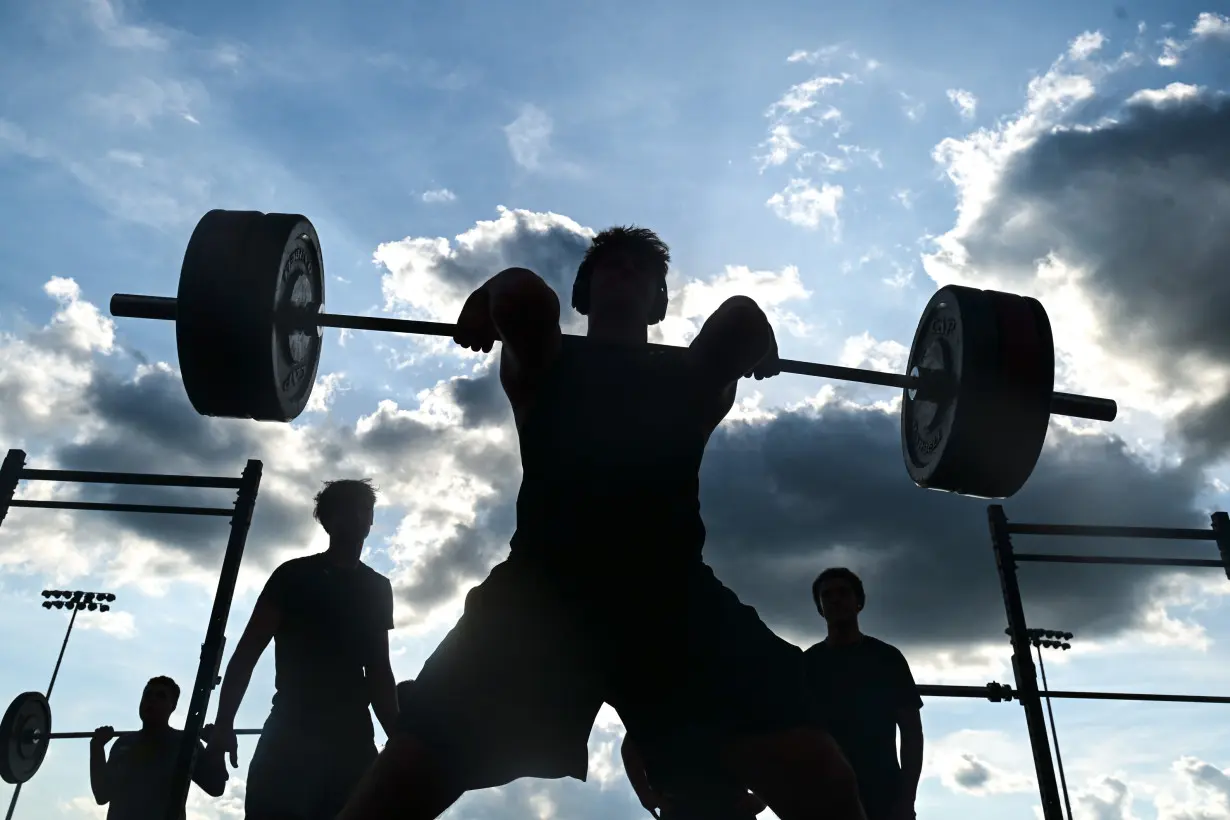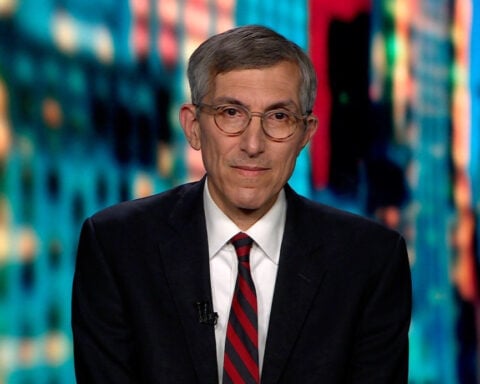LONDON (AP) — No pain, no gain, as the old exercise adage goes. But just how much pain do you have to endure to benefit from weight training? That depends on what you’re trying to accomplish, fitness experts say.
For years, some trainers have instructed gym-goers that to get the best results, they need to train “until failure,” meaning until you cannot physically do one more repetition or exercise. Some recent studies, however, suggest this extreme regimen, when applied to weight training, may only benefit certain people.
“If somebody wants to increase muscle mass as much as they possibly can, then training to failure is something to consider,” said Michael Zourdos, chair of exercise science and health promotion at Florida Atlantic University, who co-authored a review of 55 research papers on the subject in the journal, Sports Medicine.
Zourdos and colleagues found that lifting weights “until failure” may build bigger muscles, but isn’t needed to increase strength. He said people who work out hard, but don’t push themselves to exhaustion, will still likely improve their health and fitness. “There is a difference between training for health and training for elite performance benefits,” he said.
For the average person simply looking to increase their fitness levels, Zourdos said it’s much easier to get results. He said people who work out regularly would benefit from an intense session that comes within five to 10 repetitions of failure, rather than training to complete exhaustion.
He also said “failure training” often comes at a cost, since people working to that standard might be so tired and sore that they skip their next gym session or two.
In extremely rare instances, overdoing it can be harmful, leading to a potentially fatal condition called rhabdomyolysis, where damaged muscles begin to break down, possibly causing kidney damage.
James Fisher, a sport science expert and consultant in Southampton, England, said the idea of working until complete exhaustion can be a turn off for many people.
“What we’re really talking about is how hard you should work when you go to the gym,” he said, adding that the concept should be interpreted to mean that people can spend less time in the gym — if they work hard.
“If you’re short on time, then you can push yourself harder, and then you don’t need to work out as long,” he said.
Fisher explained that to boost strength, it’s critical to push your muscles to a certain threshold.
“If you lift a weight you can easily lift 10 times or more, you never really work hard enough,” he said. “Now, if we increase the weight so that on the ninth and 10th rep, it feels properly hard, that will benefit your muscle fibers.”
Still, Fisher said that the best workout is ultimately “one that people will actually do,” regardless of how hard they push themselves. He said that for improving overall health, strength training is probably the best single thing people can do for their health, quality of life and longevity.
Whatever your fitness goal, Fisher said the concept of failure training can be incorporated into your workout. People should then rest the muscle group they’ve trained for about two days, he said.
For people who have more experience, experts recommend saving the failure training for occasional workouts, or on the last set of exercises in your session.
“It’s not meant to be for every person, every time they work out,” Fisher said. “This is a tough way to exercise.”
___
The Associated Press Health and Science Department receives support from the Howard Hughes Medical Institute’s Science and Educational Media Group. The AP is solely responsible for all content.

 Trump has begun another trade war. Here's a timeline of how we got here
Trump has begun another trade war. Here's a timeline of how we got here
 Canada's leader laments lost friendship with US in town that sheltered stranded Americans after 9/11
Canada's leader laments lost friendship with US in town that sheltered stranded Americans after 9/11
 Chinese EV giant BYD's fourth-quarter profit leaps 73%
Chinese EV giant BYD's fourth-quarter profit leaps 73%
 You're an American in another land? Prepare to talk about the why and how of Trump 2.0
You're an American in another land? Prepare to talk about the why and how of Trump 2.0
 Chalk talk: Star power, top teams and No. 5 seeds headline the women's March Madness Sweet 16
Chalk talk: Star power, top teams and No. 5 seeds headline the women's March Madness Sweet 16
 Purdue returns to Sweet 16 with 76-62 win over McNeese in March Madness
Purdue returns to Sweet 16 with 76-62 win over McNeese in March Madness








